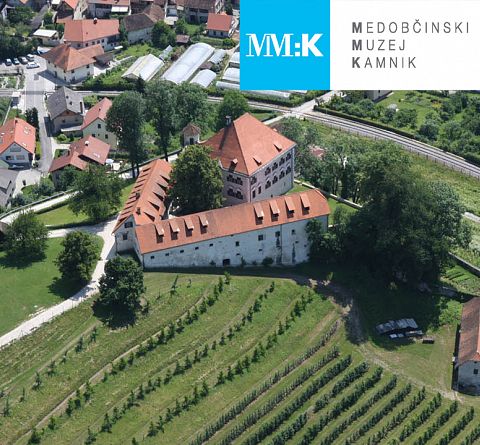News
Unknown painter, Birth of Jesus, around 1800
The painting is a popular work from around 1800, but it is not without a sense of lyrical description of the night atmosphere. On our left we have the scene of the birth of Jesus, we see a wooden stable with Jesus, over which Mary bows, and next to her is Joseph standing and praying. In front is a ...
Read more
Read more
Miha Maleš - The Piran's Years 1955-1980
You are invited to the Herman Pečarič Gallery in Piran, where the visiting exhibition Miha Maleš: The Piran's Years 1955-1980 is open from Friday, December 10, 2021. Miha Maleš (1903–1987) attended art academies in Zagreb, Vienna and Prague, where he also graduated. In addition to his ...
Read more
Read more
Museum creative workshop - Making lanterns
Saturday, December 18, 2021, at 4 p.m. Intermunicipal Museum Kamnik - Zaprice Castle Making candle holders from recycled materials, creative workshop. After viewing various lamps from time to time, from oil lamps, cod-shaped lamps, kerosene lamps, candlesticks, electric lamps, you will ...
Read more
Read more
Winter motif in art
In Slovene art, Miha Maleš (1903–1987) represents a man who was a true "uomo univerzale" in the field of art and culture, as he was not only engaged in fine arts - painting, graphics and drawing, in which he introduced completely new, modern guidelines, but he was also a messenger of new art, ...
Read more
Read more
Model for small bread Saint Nicholas, end of the 19th century
In the ethnological collection of the Kamnik Museum we keep a model for a small bread with the motif of Saint Nicholas from Kamnik, who came from Sadnikar's collection. As Josip N. Sadnikar wrote, on the day of St. Barbara (December 4) in Kamnik annual seed. There was such a widespread tradition ...
Read more
Read more
Dedek Mraz and Kamnik work organizations
THE GOOD OLD DEDEK MRAZ HAS ALREADY COME AMONG US Dedek Mraz and Kamnik work organizations The New Year's tree with Dedek Mraz is certainly one of the most cordial and authentic school events, because it is the only one that focuses on the child, whether he still believes in mythological ...
Read more
Read more
December's good man – Dedek Mraz from Kamniška Bistrica
Dedek Mraz is a mythological benefactor who presents gifts to children in the week before the New Year, but most often on the night from December 31 to January 1. He established himself in Slovene culture during the time of socialist Yugoslavia. It is based on Russian legends from 1930, where he ...
Read more
Read more
50 years Section for Education and Communication
The Section for Education and Communication prepared a film on the occasion of the round jubilee, in which he presents the scope and importance of the work of curators of pedagogues in Slovenian museums and galleries. You are invited to ...
Read more
Read more
Information
Dear visitors. We would like to inform you that the Birth House of Rudolf Maister will be closed on Tuesday, November 30 and Wednesday, December 1, 2021. To announce the group, call us on +386 1 8317 662. Thank you for your understanding.
Read more
Read more



